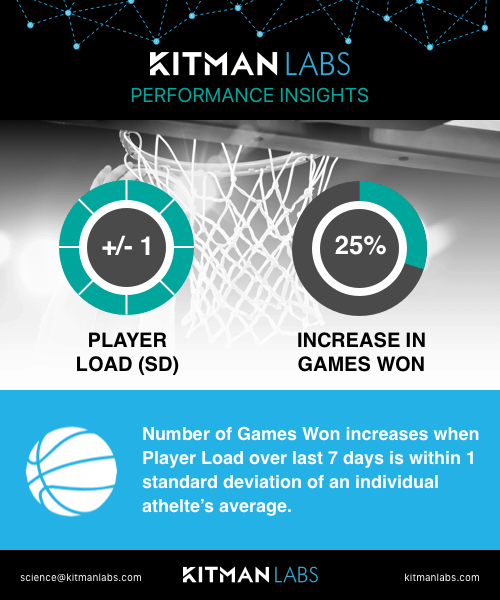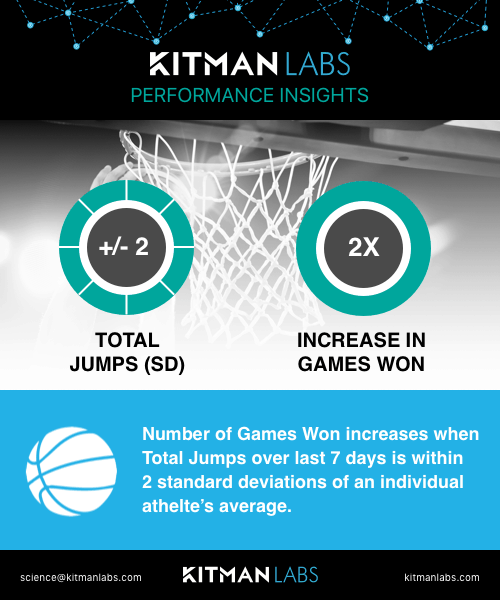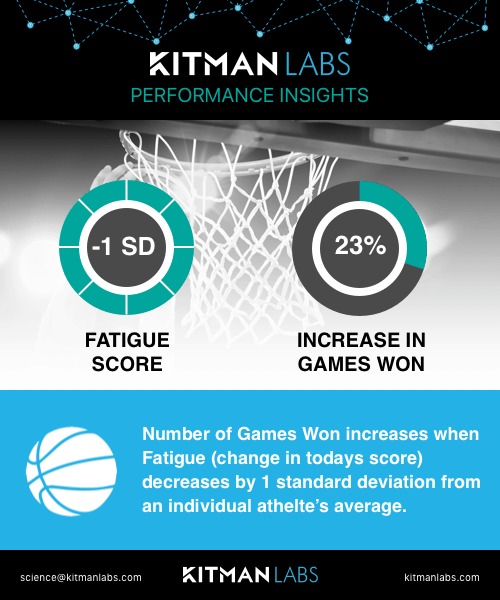What are the key performance indicators to use when assessing future talent?
The combines are a 5-6 day event (depending on the sport) designed to help coaches in their draft selections. At the combines athletes push themselves to their limits across a battery of tests, where their combined results are used as an indicator of their overall standings.
Where does the element of fatigue fit into the equation? And is a better managed athlete more likely to succeed in each individual test and score most overall?
Or as in most combines, does the short, sharp (high intensity) nature of the tests remove the need to monitor athlete load and readiness?
Monitoring during the combines:
In our latest insights we look at the impact of performance metrics on the number of games won and overall performance. We ask if some of these metrics, if monitored, could be applied to the combine environment, particularly because they have such an impact on overall team performance.
For example …
Would the ability to monitor and react to player load during the combine tests affect overall individual performances? As little as a 1 standard deviation change can affect game performance scores by 25%. How much time is allocated to rest between tests in combines?

What other metrics contribute most to player load?
- Total Heart Rate as a measurement of load and physiological stress could be a variable easily monitored in the highly pressurised combine environment.
- A small change in Total Distance can have a large impact on performance outcomes.
- Jump Count a significant variable to determine game performance outcomes in basketball.
- High Intensity Practice sessions have a dual impact on performance, by not doing enough of them or by doing too many of them. Does this also apply in preparation for or during a combine?
Are these the type of questions we should be asking during selection processes such as a combine? Perhaps there is more merritt in monitoring the build up? Either way, without the relevant data it is difficult to make the call, however we’d argue that any available opportunity for monitoring our athlete’s can only lead to more positive successful performance outcomes.
See all of our insights below:





 More than Equal’s mission is to close the gender gap in motor sports and find and develop the first female Formula 1 world champion. They will now have an advanced operating system to centralize data for female drivers participating in More than Equal’s pioneering Development Programme.
More than Equal’s mission is to close the gender gap in motor sports and find and develop the first female Formula 1 world champion. They will now have an advanced operating system to centralize data for female drivers participating in More than Equal’s pioneering Development Programme.